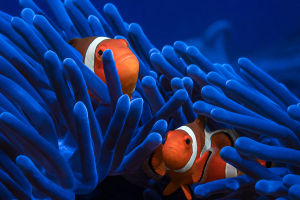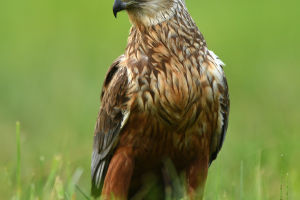Dragonflies are fascinating insects that undergo three distinct life stages: the egg, larval, and adult stages. Each stage is marked by a unique morphological structure and behavioral habit. In this article, we will explore the characteristics of dragonflies during their different life stages.
Larval Stage
Dragonfly eggs do not feed, but they begin to prey during the larval stage. Larvae of dragonflies are commonly known as wakeworms or larvae. At this stage, dragonflies do not yet have wings, but they can swim and move freely in water and mud.
Dragonfly larvae are voracious predators and can feed on a wide range of small aquatic worms, insect larvae or eggs, snails, aquatic beetles, and even small fish. They can swim quickly and freely in the water and walk through the submerged mud.
Adult Stage
When dragonflies reach the adult stage, they grow wings and undergo a significant change in their physical structure. Adult dragonflies have long and slender bodies, with two pairs of strong and powerful wings that enable them to fly fast in the air, reaching speeds of up to 30km/hr.
Dragonflies have large, prominent compound eyes that occupy a significant portion of their head. Their keen vision allows them to accurately locate and hunt prey flying in the air, such as mosquitoes, bees, or other flying insects.
Their eyes are particularly sensitive to moving objects and can determine the direction and speed of prey movement based on the time it takes for a small flying insect to move from one small eye to another. The compound eye is a unique feature of insects, with each eye consisting of thousands of small hexagonal eyes that are closely arranged together.
Dragonflies are typically found near farmland, rivers, and wells, which are characterized by relatively gentle water flow and large watersheds, rich in aquatic plants and zooplankton. This environment provides ample food for dragonflies to feed on, and they can prey on other insects and even each other.
When hunting, dragonflies grab their prey, and the large number of coarse hairs on their feet help them hold on to their prey so that it cannot escape. Their mouthparts are well-developed, allowing them to bite their prey and consume as much food as they weigh within 30 minutes.
Dragonflies are active during the day and are most active when it is cloudy or during sunset. They never move around at night and usually rest on blades of grass. In particular, dragonflies are most abundant in July and August every year, often forming large groups and swarms.
Dragonflies are fascinating insects that undergo significant changes in their physical structure and behavioral habits during their three life stages. They are voracious predators that can feed on a wide range of small aquatic creatures and other insects. Their compound eyes, strong wings, and well-developed mouthparts make them formidable hunters.


